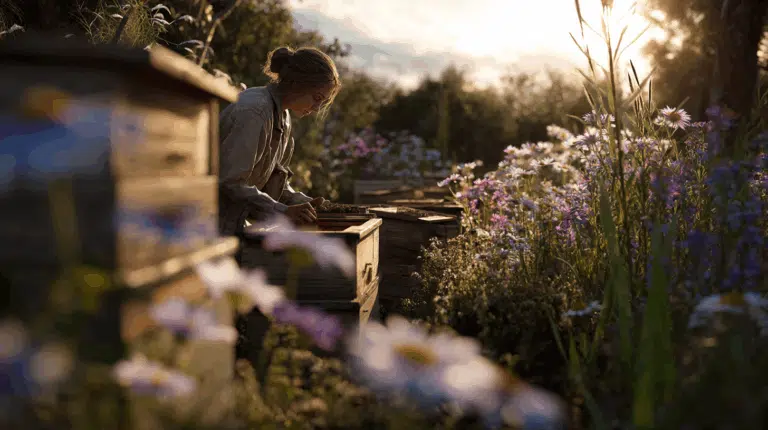This range grows into a beautiful, vertical display of greenery and flowers. Ideal for fences, pergolas, or walls, they offer color, structure, and biodiversity, attract bees and butterflies, and are sometimes selected for cut flower production.

Climbing plants are plants that grow vertically by clinging to walls, fences, pergolas, or wires. They are ideal for green walls, natural partitions, and decorative elements in the garden or on a balcony.
Choose a sturdy support point (fence, pergola, mesh)
Dig a planting hole that is twice as large as the root ball
Mix potting soil or compost into the soil
Place the plant and give it sufficient water
Carefully guide the young shoots to the support point
Prune after flowering if necessary to maintain shape
Remove dead branches to prevent diseases
Feed regularly, especially with flowering species
Guide new shoots to the support point for a full, green wall
Yes! With a large pot and well-draining soil, many climbing plants thrive on a balcony or patio. Provide a sturdy support so they can grow upwards. Small varieties like bindweed or clematis are perfect for pots.
That depends on the species and circumstances:
Fast-growing annuals: several weeks to months
Perennial climbers: 1–2 years for full coverage.
Regular training and pruning helps to accelerate and control growth.